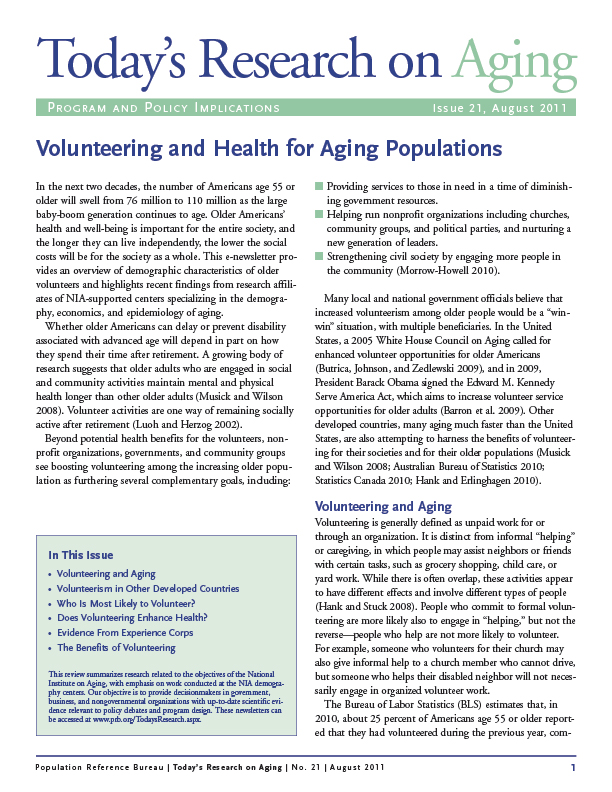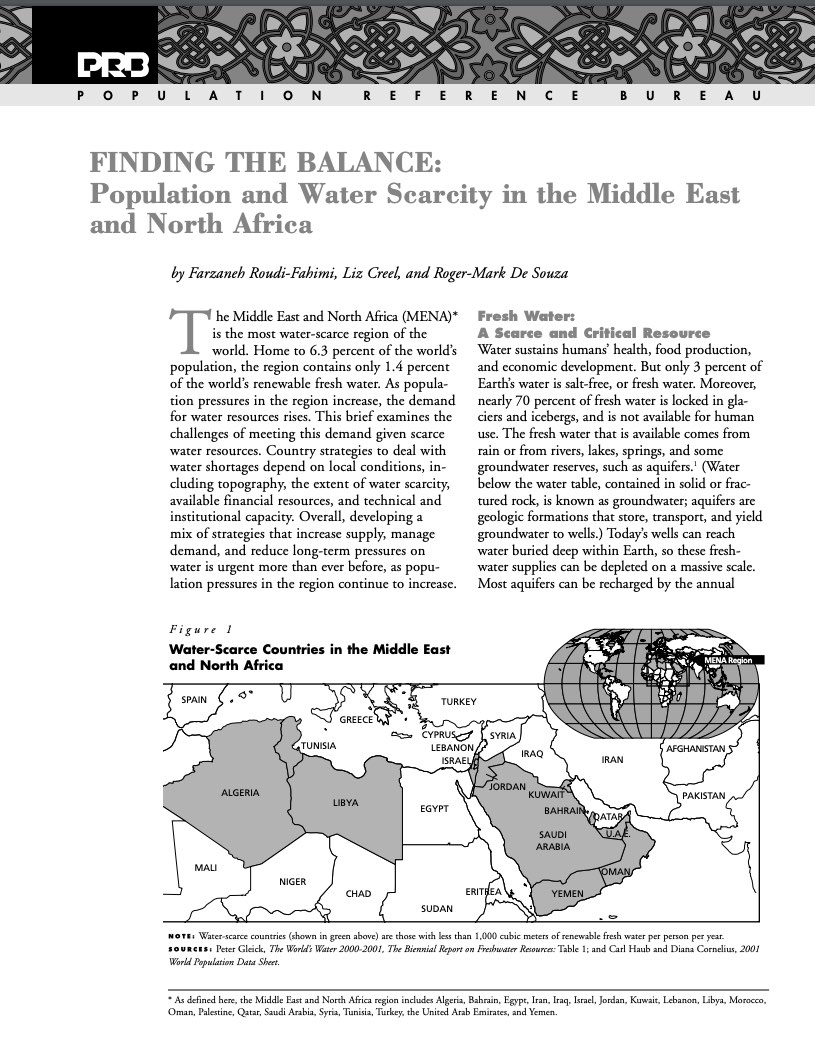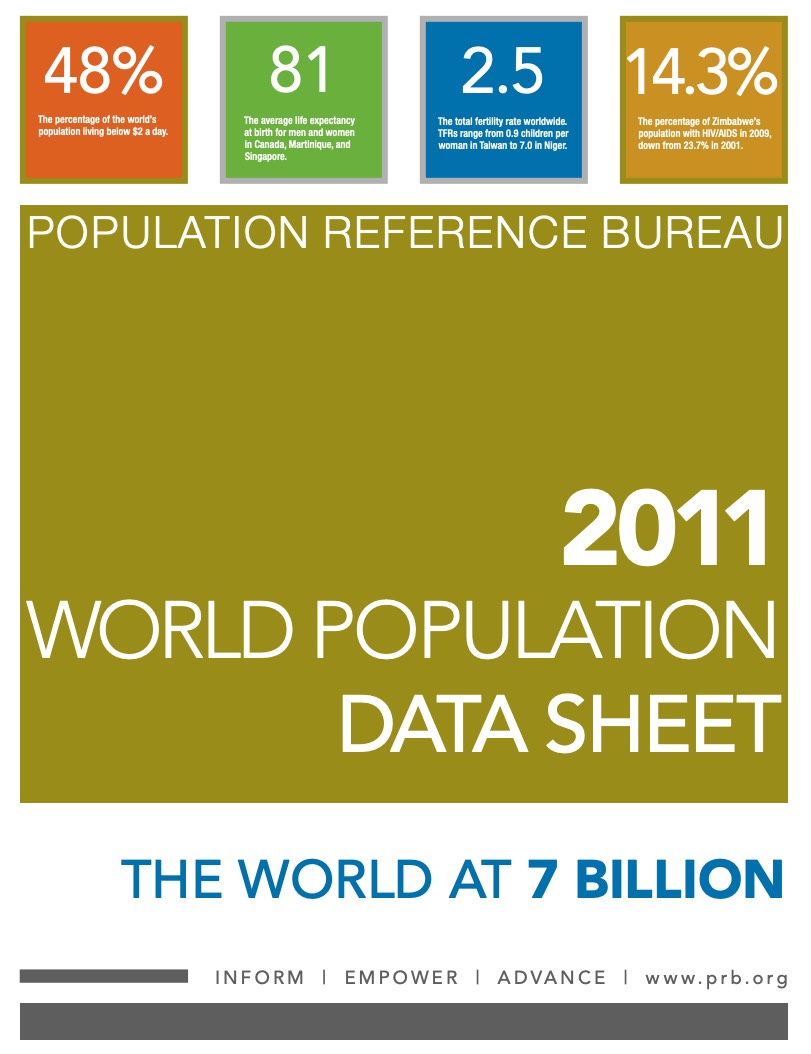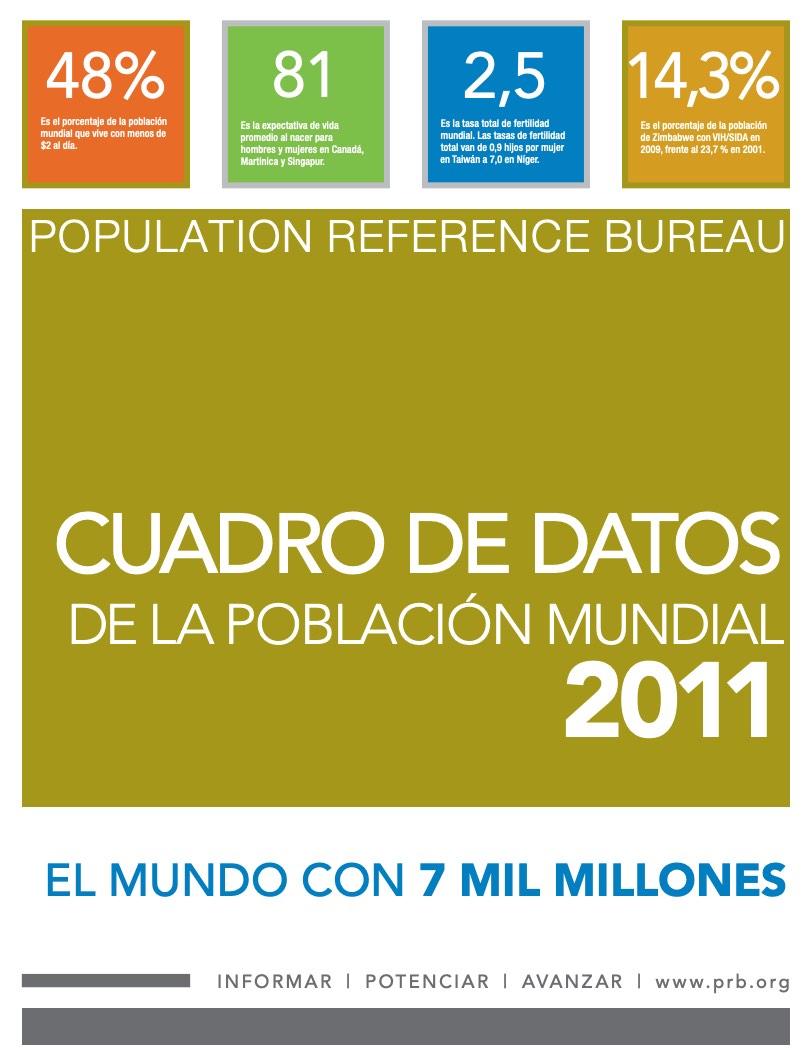Age 100 and Counting
(2003) Reaching age 100 has long fascinated society. The century mark holds an almost mystical importance as a seal of hardiness and good health — the sign of a life well-lived.
(2003) Reaching age 100 has long fascinated society. The century mark holds an almost mystical importance as a seal of hardiness and good health — the sign of a life well-lived.
(2012) Scientists and engineers make up only about 5 percent of the U.S. labor force, but are viewed as an important engine for higher earnings, innovation, and economic growth.

Project: Demography and Economics of Aging and Alzheimer’s Disease
(2011) In the next two decades, the number of Americans age 55 or older will swell from 76 million to 110 million as the large baby-boom generation continues to age. Older Americans’ health and well-being is important for the entire society, and the longer they can live independently, the lower the social costs will be for the society as a whole.

(2002) The Middle East and North Africa (MENA)* is the most water-scarce region of the world. Home to 6.3 percent of the world's population, the region contains only 1.4 percent of the world's renewable fresh water.
(2014) Myanmar (known as Burma until May 1989) is back in the news, especially as it has recently made great strides toward a more democratic regime. The country is expanding its outreach to the international community and seeking more global economic connections.
Food security is at the top of the list of Millennium Development Goals (MDGs) with the goal of eradicating poverty and hunger.

(2011) Global population will reach 7 billion later in 2011, just 12 years after reaching 6 billion in 1999.

(2011) Global population will reach 7 billion later in 2011, just 12 years after reaching 6 billion in 1999.